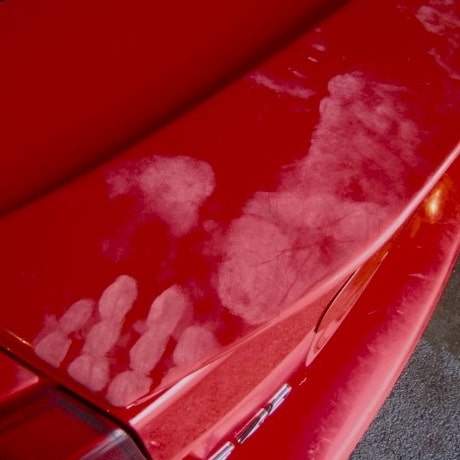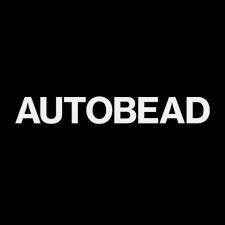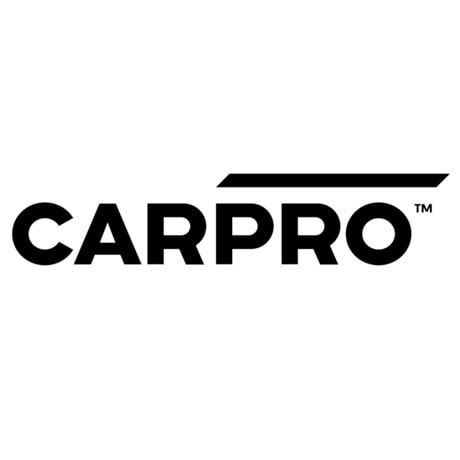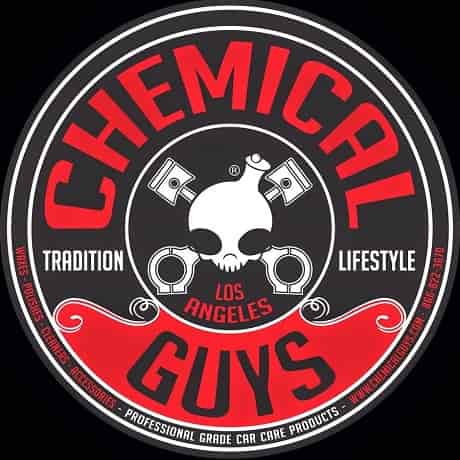How to Remove Sun Cream Marks from Car Paint
How to remove sun cream marks? Sun cream marks on paintwork can look awful, so let’s clear up exactly what they are. Many people think these marks are directly caused by sun cream. Surprisingly, this type of damage is common in Ireland, but not so much in other countries — even in the UK, which is quite close. But why don’t we see this issue in sunnier countries like Spain or Italy, where sun cream is used far more often than in Ireland?
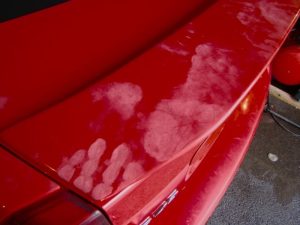
According to statistics, it rains nearly 200 days a year, and there are only a few days hot enough to need sun cream. Having lived here for 20 years, I’ve never had to use sun cream! The so-called “sun cream marks” aren’t actually from sun cream itself. They result from three main factors:
Grease, oil, and sweat
Lack of regular maintenance over long periods
Weather conditions (high humidity and moisture in the air)
How to Prevent Sunscreen handprints
To avoid these marks, wash your car every couple of weeks, especially after a visit to the mechanic or a busy weekend with kids. Initially, you may not notice any marks, but if someone touches your car’s paint with greasy hands and you don’t clean it soon after, these “sun cream” marks will eventually appear.
How to Remove Sun Cream Marks
In most cases, these marks aren’t too difficult to remove, depending on how long the grease and oil have been sitting on your paint. If the marks have been there for only a few weeks, they’re easier to handle. However, the situation can be more severe if it’s been months or years.
The longer the grease stays on the paint, the deeper it penetrates, which means the marks are not just on the surface but have sunk into the paint itself. To remove them, you need to remove a very thin layer of the damaged paint—and the only way to do that is through polishing.
What You Need to Remove Sun Cream Marks
Compound: A light polish may work for fresh marks, but you’ll need a heavy-cutting compound for deeper ones. Medium compound is an option, but it will require more time and effort.
Polishing pad: Use either a medium or heavy-cutting pad.
Polisher: If you have one, great! If not, be prepared to put in some elbow grease.
Panel wipe: This is crucial for removing any leftover compound residue.
Steps to Remove the Marks:
- Clean the surface thoroughly before polishing. Polishing dirty paint can cause more damage.
- Apply the compound to the affected area, and polish for 30 seconds to 1 minute.
- Wipe off the compound with a microfiber cloth, then use a panel wipe to clean the paint.
Note: Panel wipe is essential to remove all compound residue from the paint’s pores. If you skip this step, the marks might look like they’re gone but can reappear after the compound washes off.
If the marks are still visible, repeat the steps until you achieve the desired result.
In some rare cases, you may reach a point where the marks won’t fully disappear, even with extensive effort. I once had a car where the marks remained visible even after wet sanding. I managed to remove about 90% of them, but after checking the paint depth with a gauge, I had to stop — removing too much clear coat can cause more damage.
In my 15 years of experience, that was a one-off case, so in most situations, you’ll be able to fix the issue yourself.

